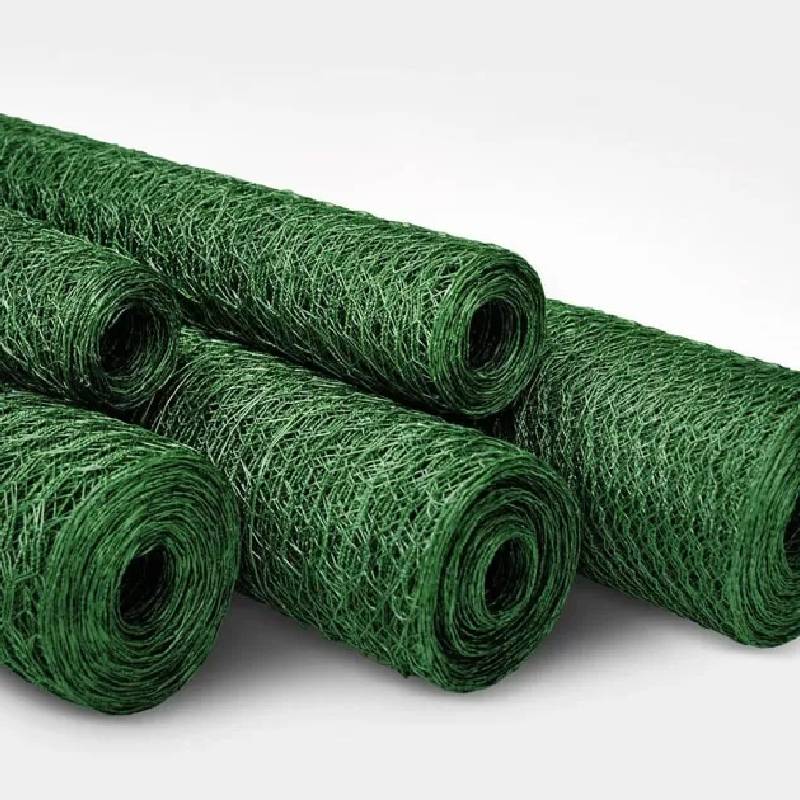
- Mobile Phone
- +8613931874955
- sales@cntcmetal.com
Understanding the Causes and Consequences of Cavity Wall Tie Failure in Construction
Understanding Cavity Wall Tie Failure
Cavity walls are a prevalent construction method used in many buildings, especially in the United Kingdom and other regions with similar climates. They consist of two separate walls (the outer leaf and the inner leaf) with a space or cavity between them. This cavity provides insulation and moisture protection. However, one critical component that ensures the structural integrity of cavity walls is the cavity wall tie. Unfortunately, cavity wall tie failure can pose significant risks to the building's stability and longevity.
What Are Cavity Wall Ties?
Cavity wall ties are metal connectors used to bond the two walls of a cavity wall system together. They help transfer loads between the outer and inner leaves of the wall, ensuring that both walls act as a single structural unit. Common materials for wall ties include stainless steel, galvanized steel, and other corrosion-resistant materials. The proper installation and maintenance of these ties are crucial for the durability of the cavity wall system.
Causes of Cavity Wall Tie Failure
Over time, cavity wall ties can fail due to various reasons, including
1. Corrosion One of the most significant causes of cavity wall tie failure is corrosion. Many wall ties are made from metals that can corrode over time, particularly in moist environments. If the protective coating on the ties wears off or if water penetrates the outer leaf, the ties can start to rust. This corrosion not only weakens the ties but can also lead to further damage to the surrounding brickwork.
2. Improper Installation Wall ties must be installed correctly to function effectively. If they are placed at incorrect intervals or angles, or if there are not enough ties used, the structural integrity of the wall can be compromised. This improper installation can lead to progressive failures over time.
3. Movement or Settlement Buildings naturally settle over time due to various factors, including soil conditions or changes in moisture levels. If a building experiences excessive movement or settlement, the stresses on the cavity wall ties can exceed their design limits, leading to failure.
what is cavity wall tie failure

4. Moisture Penetration The primary purpose of the cavity is to prevent moisture from passing through to the inner leaf. If the cavity becomes blocked or if the outer leaf becomes damaged, moisture can seep into the wall, accelerating the corrosion of the ties and impacting their performance.
Consequences of Cavity Wall Tie Failure
The failure of cavity wall ties can have serious implications for the overall structural integrity of a building. Signs of such failure may include
- Cracks in the brickwork or masonry. - Bulging or bowing of the walls. - Water ingress leading to dampness or mold growth. - In severe cases, partial collapse of the wall structure.
If these symptoms are observed, it is crucial to address the issue promptly through professional assessment and remediation.
Preventing Cavity Wall Tie Failure
To mitigate the risks associated with cavity wall tie failure, regular inspections of buildings with cavity wall construction are essential. Homeowners and property managers should be vigilant for signs of deterioration, such as cracking or visible corrosion. Ensuring proper drainage systems, maintaining the integrity of the outer leaf, and using corrosion-resistant materials during installation can also help protect against tie failure.
In conclusion, cavity wall tie failure is a critical concern for the maintenance of cavity walls. By understanding the causes and consequences, as well as implementing preventive measures, building owners can ensure the longevity and safety of their properties. Regular inspections and timely repairs will go a long way in maintaining the structural integrity of cavity wall systems.
share:
-
Why Sacrificial Formwork Is Redefining Underground ConstructionNewsJun.06,2025
-
The Structural Dynamics of Modern Concrete: How Snake Spacers Revolutionize Flexible ReinforcementNewsJun.06,2025
-
Snake Spacers Smart-Lock Concrete Reinforcement with Surgical PrecisionNewsJun.06,2025
-
Snake Spacers: Reinforcement Precision for Modern Concrete ProjectsNewsJun.06,2025
-
Snake Spacers Powering Concrete's Structural DNANewsJun.06,2025
-
Slither into Success: Snake Spacers' Precision Bite for Unbreakable ReinforcementNewsJun.06,2025
-
Sacrificial Formwork: Building Stronger, Faster, and Safer StructuresNewsJun.06,2025



















